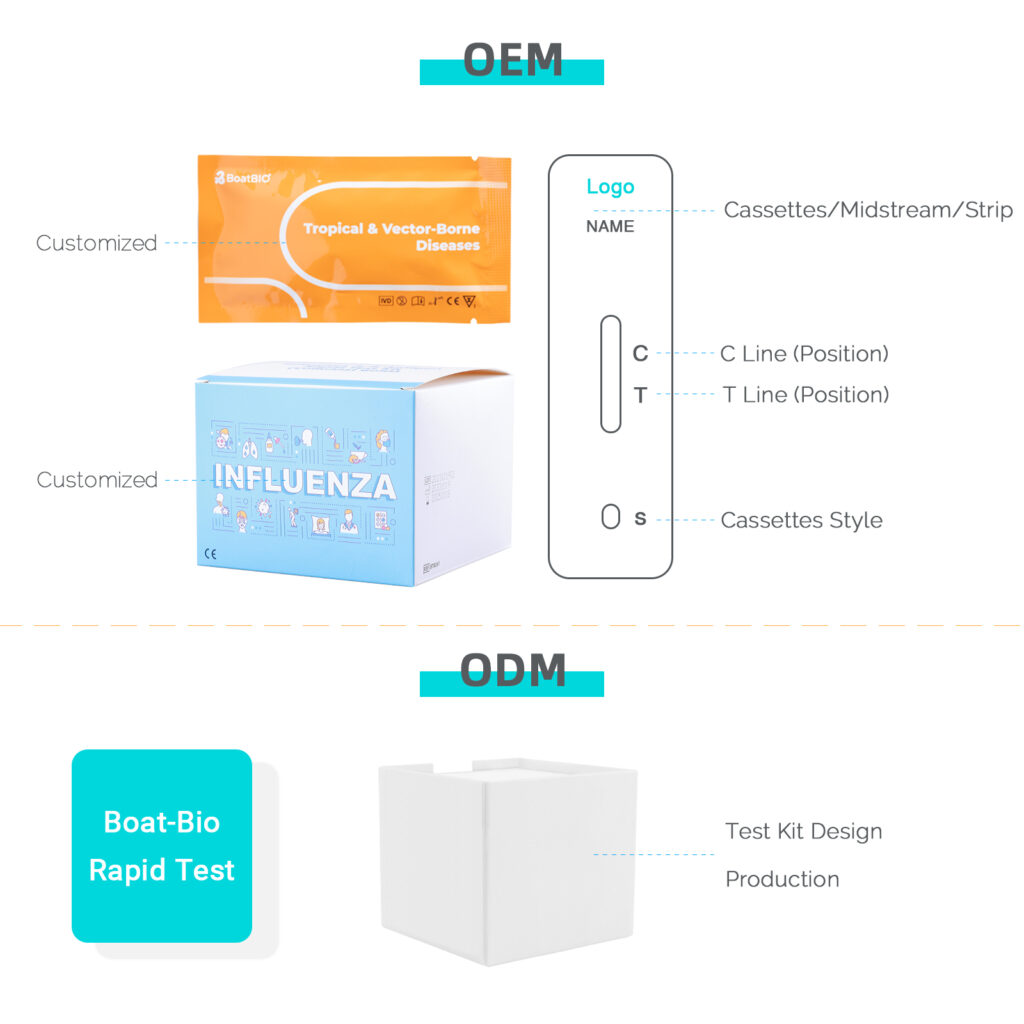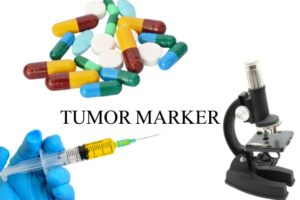One such groundbreaking innovation in recent years is the application of colloidal gold technology, which has revolutionized the way we detect diseases and monitor health conditions.
What is the Colloidal Gold Technology?
Colloidal gold refers to tiny particles of gold suspended in a liquid medium. These particles exhibit unique optical properties, making them ideal for a wide range of diagnostic applications. The technology leverages the ability of colloidal gold particles to interact with specific target molecules, such as antigens or antibodies, enabling the detection and quantification of various analytes in biological samples.
Applications in Disease Diagnosis
Colloidal gold technology has significantly impacted disease diagnosis by providing rapid and accurate results. It has found extensive application in detecting infectious diseases, such as malaria, dengue fever, and HIV. The simplicity and reliability of colloidal gold-based test kits have made them indispensable in resource-limited settings, where access to advanced laboratory facilities may be limited.
Moreover, colloidal gold-based immunochromatographic assays have enabled the detection of various biomarkers associated with chronic diseases like cancer, cardiovascular disorders, and diabetes. These tests offer a non-invasive and cost-effective approach for early diagnosis, facilitating timely intervention and improving patient outcomes.
The use of this technology in in vitro diagnostic testing has transformed the landscape of healthcare, offering accurate, efficient, and accessible solutions for disease detection and monitoring. Its versatility and potential for further advancements make it a promising tool for the future of personalized and precision diagnostics. As we continue to unlock the full potential of colloidal gold technology, we can anticipate even more breakthroughs in the field of diagnostic testing, ultimately leading to improved patient care and better health outcomes.
With BoatBio’s technology applications, you can get







